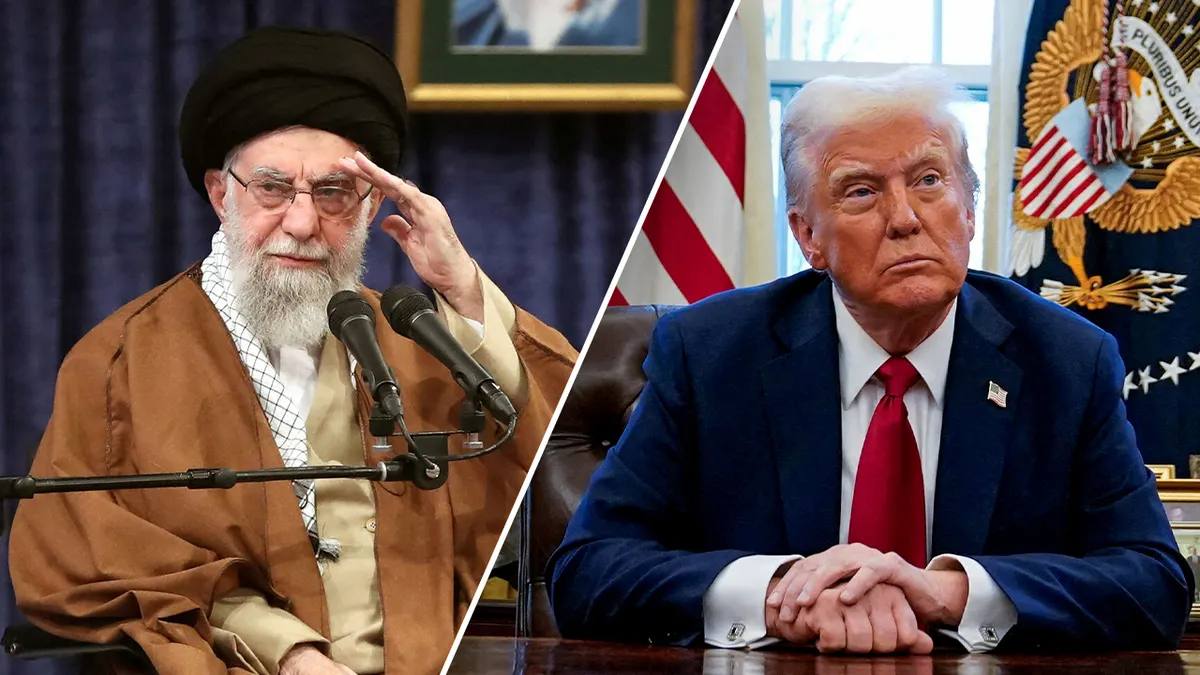Where Does the Prospect of a Nuclear Deal with Iran Stand as Trump’s First Month Draws to a Close?
Published on February 17, 2025 | Sam Higham - Middle East Political Commentator

On January 20th, Donald Trump, known for his maximum pressure policy towards Iran following the 2018 withdrawal from the Joint Comprehensive Plan of Action (JCPOA) and the assassination of IRGC Quds Force commander Qasem Soleimani, was inaugurated as the 47th President of the United States after a 4-year interval of Democratic governance. His predecessor, Joe Biden, oversaw a policy in which existing sanctions on the Islamic Republic were not lifted but equally, were not enforced with the same vigour. Following Trump’s re-election in November, many analysts anticipated a return to the tough stance seen during his first term. So what do the last few weeks tell us about the prospect of a nuclear deal under a second Trump presidency?
The first days of the administration showed promise for those favouring a more dovish approach towards Tehran. One of Trump’s first appointments was Michael DiMino, sworn in as Pentagon Middle East policy chief on January 20th, who has cautioned against regime change and last year praised the Biden administration when it refused to participate in Israeli strikes on Iran following missile and drone attacks on the Jewish state.
What’s more, in what appeared to be the extension of an olive branch to Iran, the President terminated protection assigned to former National Security Advisor John Bolton and fired Brian Hook from his position at the Wilson Center think tank. Both men are prominent Iran hawks from the first Trump administration.
Finally, on January 22nd, Rafael Grossi, head of the UN nuclear watchdog, stated that there was apparent ‘openness [from the new administration] to come to some form of agreement’ and the following day Trump himself expressed a preference for making a deal over supporting an Israeli attack on the Islamic Republic.
There was also a clear willingness on the part of many within the senior Iranian leadership to engage in nuclear negotiations following a drastic reversal of Iran’s fortunes over the last six months. Israeli military action against Hamas, Hezbollah and Tehran itself, as well as the collapse of the Assad regime in Syria, dealt a significant blow to the Islamic Republic’s strategic position and combined with a worsening economic crisis, left it weak and with little alternative but to come to the table.
Speaking at the World Economic Forum in Davos in the days following Trump’s inauguration, Mohammad Javad Zarif, Iran’s Vice-President for Strategic Affairs, expressed hope that Trump 2.0 would be ‘more serious, more focused [and] more realistic’ in what was clearly an appeal to the new government to initiate new negotiations. This aligned with President Pezeshkian’s assertion earlier in January that he was ready to engage in discussions with the Trump administration and Foreign Minister Araghchi’s comments that talks could take place if the US ‘[returned] to the JCPOA or…[announced] their own policy in this regard’. Even Ayatollah Khamenei appeared to authorise diplomatic engagements with the US on January 20th when he warned that Iran must ‘be vigilant with whom [it is]…talking’ and emphasised the possibility of making deals ‘when you know your counterpart’.
But things began to take a turn on February 4th, when Trump signed a memorandum reimposing the policy of maximum pressure, intended to stop Iran exporting oil and prevent it from acquiring a nuclear weapon. This was followed by the announcement of the first new sanctions on February 6th which targeted Sepehr Energy, a front company facilitating the sale of Iranian oil abroad, and its affiliates.
Although Trump made a point of expressing his unease at the signing of the memorandum and reiterated his openness to a deal and discussions with Pezeshkian, the move was not received well in Tehran. On February 7th, despite previously having given tacit approval for talks, Khamenei shut the door on negotiations with the US and declared that they would be neither ‘smart, wise, nor honourable’ and solve none of the Islamic Republic’s problems, referring to the failed JCPOA as justification . This led to tougher rhetoric from the previously conciliatory Iranian President and Foreign Minister, with the former making a speech in which he accused Trump of trying to bring the country to its knees whilst claiming to want negotiations and the latter stating that Iran would not enter discussions whilst new sanctions were being imposed against it.
Comments by Khamenei on February 12th urging Iran to develop its military capabilities, combined with advice to the Supreme Leader by senior military commanders to revoke the fatwa banning nuclear weapons and the unveiling of the Shahid Bagheri drone carrier and the Hadid 110 suicide drone, have further inflamed tensions.
These developments do not appear to bode well for the prospect of a deal. Yet, it is hard to see that Iran has any alternative. By rushing for the bomb, or even just failing to negotiate, it risks heavy Israeli bombardment of its nuclear facilities, likely supported by the US. According to a February 14th article in Al-Monitor, a senior Israeli diplomatic source confirmed that a full understanding had been reached on the Iranian issue between the US President and Israeli Prime Minister during the latter’s recent visit to Washington and suggested that in the absence of an agreement, ‘Trump will give Netanyahu the green light…and help Israel with whatever it takes for such an attack to succeed’. Furthermore, the State Department has said that maximum pressure will persist unless a bargain is reached and the country’s economy is in dire straits.
It is also plausible that, despite Khamenei’s rejection of talks, secret discussions might take place, as they did back in 2013. Indeed, the Supreme Leader made similar remarks at that time, only for the JCPOA to be agreed 2 years later. One should consider the possibility too that the comments are a bargaining tool designed to project strength in advance of talks and extract concessions.